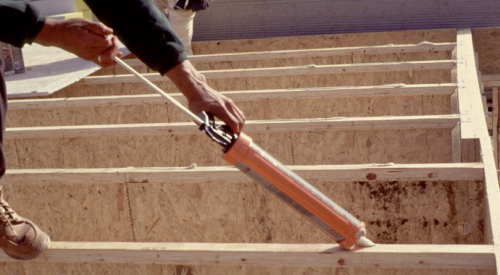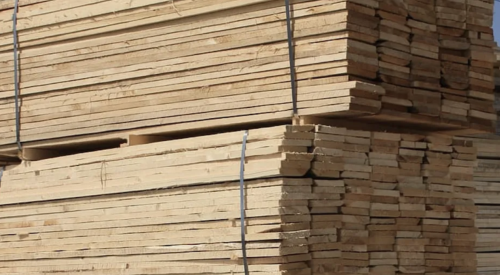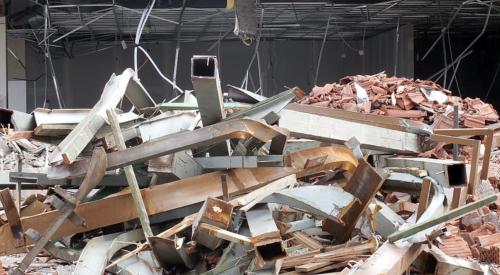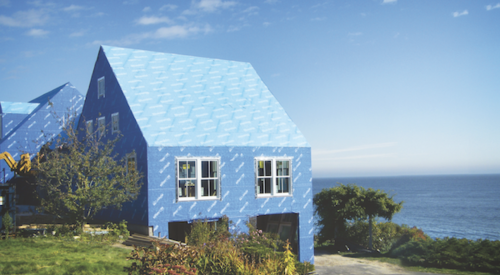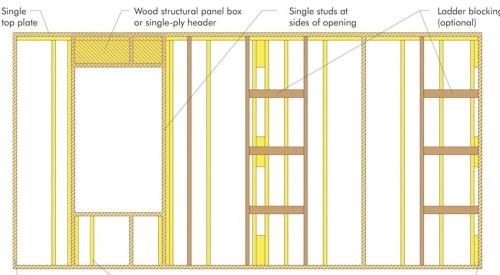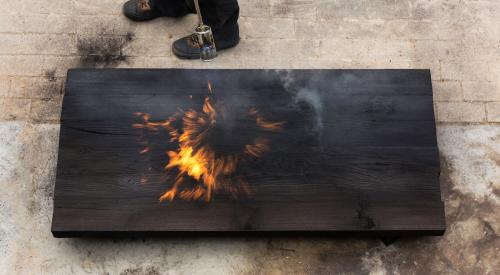For many home builders, wood framing is standard protocol when framing a house. It's durable, it's easily available and it has history in the residential building industry.
Enter steel framing. Although used in construction for more than 50 years, steel framing is new to many sectors and regions in the residential construction market.
As officials call for stricter building codes, many builders are left wondering: Steel versus wood — Which one do I use? Professional Builder breaks it down for you in the following list:
| STEEL | WOOD | |
| Usability | Can be bolted, sawn, drilled, nailed and even attached with construction adhesives. | Can be bolted, sawn, drilled, nailed and attached with construction adhesives. |
| Cost | The material price of steel is comparable to the cost of wood. Steel framing materials are lighter than wood and require less fuel to transport. | Because of various environmental concerns, the price of wood fluctuates greatly. |
| As a combustible material, wood is not subject to the same cost advantages as steel in builders risk insurance, or course of construction insurance. | ||
| Applications | Applications for steel in residential structures include steel-stud framing for load-bearing and non-load-bearing applications. | Wood is used throughout most residential structures including framing for load-bearing and non-load-bearing walls, roofs, interior paneling and decks. |
| Dependability | Because steel studs are manufactured, they tend to stay straight and true. Steel has a high strength-to-weight ratio. | Because of its ductile nature, wood can withstand high wind and seismic events. |
| Because steel is an inorganic material, it will not rot, warp, split or crack. The material quality is consistent and is manufactured in accordance with national standards, with no regional variations. Steel does not absorb water, or change shape or size with changes in humidity. These inherent qualities make it resistant to mold, moisture and termites. | Engineered wood is manufactured to strict performance standards and undergoes a number of tests related to glue bond, strength and durability. | |
| Maintenance | Wall, roof and or floor cavities must remain dry. This can be achieved with proper insulation and building envelope construction, and proper plumbing installation. | A wood-framed home must be termite-proofed. Otherwise, maintenance of wood and steel structures is identical |
| Usage and Handling | Member lengths are limited by shipping and handling considerations. It can be pre-cut and bent into assemblies for construction of wall, roof and floor panels. | Wood is placed in a kiln and dried to a measured 19 percent before it is shipped to the lumber yard by rail car, or trucks, and often stored outdoors under an open roof or plastic covering. |
| Strength | If added strength is needed, thicker, or higher-yield strength steel can be used for fabrication. | Wood has a high strength to weight ratio and is easily shaped and molded. |
| Additional fastening methods, such as rivets and welding can be used, and in some applications, fastener-less technology such as crimping and clinching is used to attach steel members together. | Wood accepts all manner of fastening systems and tools to shape, cut and bend. | |
| Fire safety | Steel is non-combustible; it does not burn nor contribute fuel to the spread of a fire. | Although wood studs are treated with fire-retardant chemicals, it is still highly prone to burning in a fire. |
| Special Requirements | Requires special metal-cutting blades for circular saws. Rather than conventional nails, pneumatically driven fasteners called pins, must be used. | Does not requires special cutting blades. Can use conventional nails and adhesives to join pieces together. |
| Green Factor | Steel is a zero-emission product. It does not absorb moisture; therefore, it is mold-resistant. | Wood is renewable, recyclable, biodegradable. |
